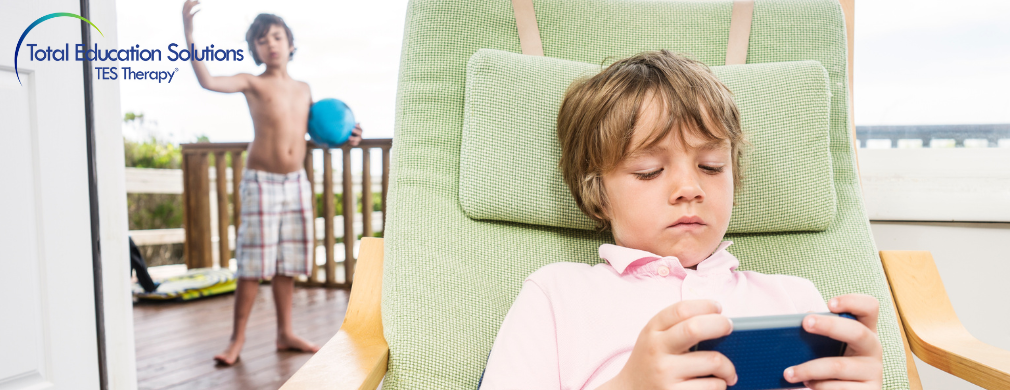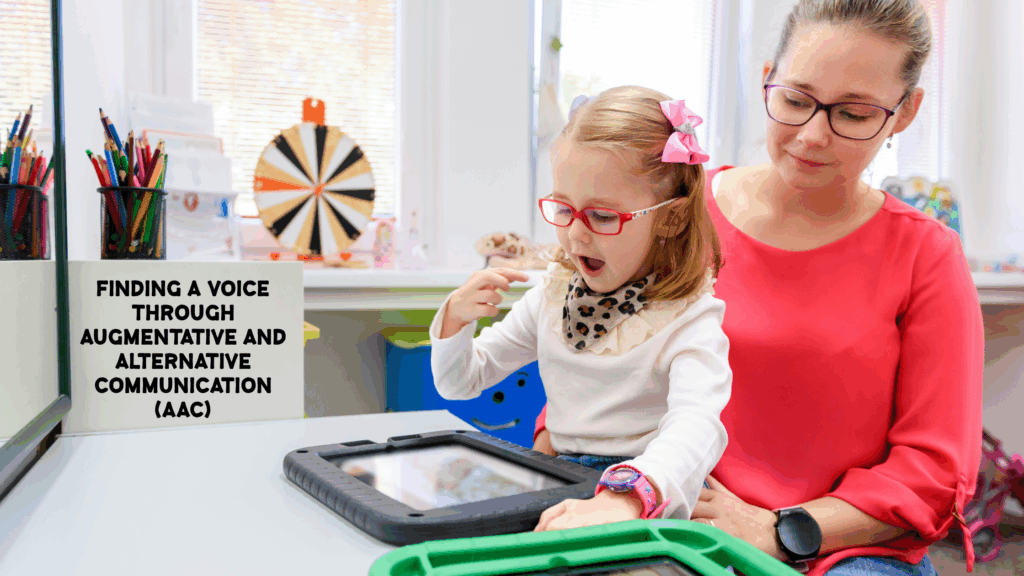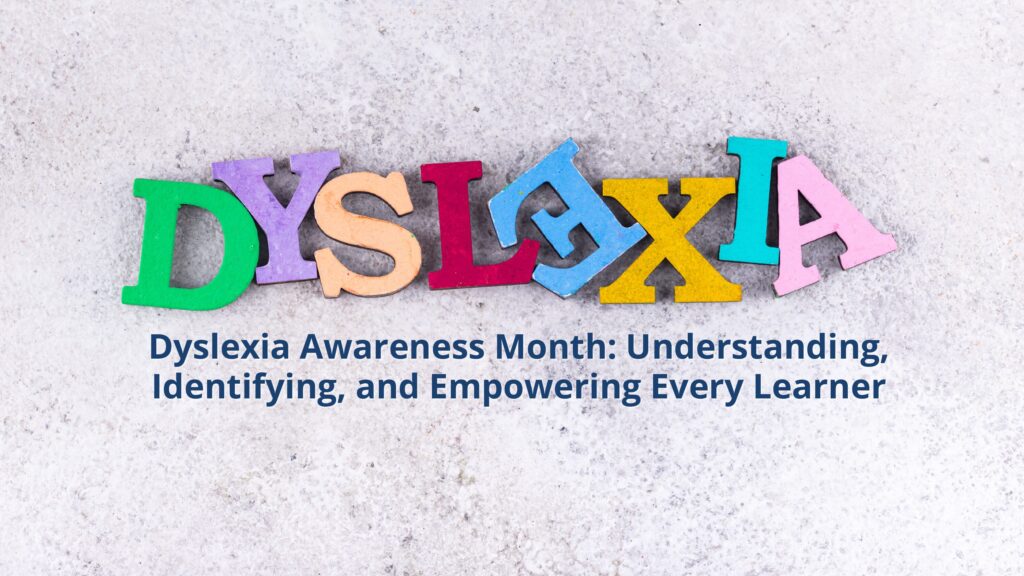Avoiding screen time completely can be very challenging, if not impossible, in the world we live in. In fact, the appropriate amount of screen time for babies, toddlers, and young children is a topic of ongoing research and discussion among many experts.
Why Does It Matter?
It’s important to note that not all screen time is inherently harmful. Finding a balance of appropriate screen time can help support multiple areas of development, including:
Healthy Development
Young children learn best through real-world interactions and hands-on experiences. Excessive screen time can interfere with crucial developmental activities, such as physical play, exploration, and face-to-face social interactions.
Physical Health
Excessive screen time is often associated with a sedentary lifestyle, which can contribute to health issues like obesity. Limiting screen time encourages children to engage in physical activities and develop healthy habits from an early age.
Sleep Quality
Excessive screen time, particularly close to bedtime, can negatively impact sleep quality. Screens emit blue light that can interfere with the production of the sleep hormone melatonin, making it more difficult for children to fall asleep.
Cognitive Development
While certain screen-based activities have educational benefits, excessive screen time and earlier introduction of screen time may impede cognitive development, especially if they replace other important activities like reading, hands-on exploration, and problem-solving.
Guidelines for Screen Time
Various organizations, including the American Academy of Pediatrics (AAP), provide guidelines to help families navigate this issue. As of 2022, the AAP suggested the following guidelines in their “Media and Young Minds” policy statement:
For children younger than 18 months:
- Avoid the use of screen media other than video chatting.
For children 18 to 24 months:
- If caregivers choose to introduce digital media, it is recommended that they choose high-quality programming or apps and use them together with the child. Limit screen time to one hour per day of co-viewing.
- It is recommended to avoid solo media use in this age group.
For children aged 2 to 5 years:
- Limit screen time to one hour per day of high-quality programming, with parents or caregivers co-viewing to help children understand what they are watching and help apply the concepts to the real world.
It’s important to note that not all screen time is equal. The quality of content matters, and interactive activities that engage a child’s mind can be more beneficial than passive viewing. Screen time should not replace essential activities such as sleep, physical activity, and social interaction.
Things to Consider
- Parent/caregiver media use is a strong predictor of a child’s media habits.
- Turn off devices when not in use.
- Avoid fast-paced programs, as children have a hard time following this content.
- Avoid apps with a lot of distracting or violent content.
- Avoid screen time 1 hour before bed.
- Do not feel pressured to introduce technology early.
Caregivers should also be mindful of the content and ensure that it is age-appropriate. Moreover, the AAP emphasizes the importance of creating media-free zones and times, such as during family meals and before bedtime. Keep in mind that these recommendations might be subject to updates, so it’s advisable to check for the latest guidelines from organizations like the American Academy of Pediatrics or other reputable sources. Additionally, individual circumstances and developmental needs should be considered when determining appropriate screen time for toddlers.
Strategies for Managing Screen Time
- Create a Family Media Plan: Establishing a family media plan can help set clear expectations and priorities for screen use. This plan can include designated screen-free times and areas in the home. You can find a template for creating a Family Media Plan on the Healthy Children website here.
- Engage in Co-Viewing: Watching content together allows you to guide your child’s understanding and application of what they see. It also provides opportunities for discussing the content and its relevance to real-world experiences.
- Prioritize High-Quality Content: Choose educational and age-appropriate content that promotes learning and positive behaviors. Resources like Common Sense Media, PBS Kids, and Sesame Workshop offer recommendations for high-quality programming.
- Set an Example: Children often mimic the behavior of their parents and caregivers. By managing your own screen time and demonstrating balanced use of technology, you can set a positive example for your child.
- Encourage Alternative Activities: Provide plenty of opportunities for physical play, creative activities, and social interactions. These experiences are crucial for healthy development and can help reduce reliance on screens for entertainment.
Conclusion
While the digital age offers countless opportunities for learning and entertainment, it’s essential for parents and caregivers to be mindful of the impact excessive screen time can have on the well-being of our youngest learners. By setting sensible limits and prioritizing a balanced approach to technology, we empower our children to develop physically, socially, and emotionally. Through meaningful interactions, outdoor play, and hands-on experiences, we can foster a foundation for lifelong learning that goes beyond the confines of a screen. Ultimately, by embracing the power of moderation, we can guide our children toward a healthy relationship with technology, ensuring they thrive in the digital era while cherishing the richness of the real world around them.
Additional Resources
By staying informed and proactive, we can navigate the challenges of screen time and create a healthy, balanced environment for our children to grow and thrive.


 24 Jun 2024
24 Jun 2024 












